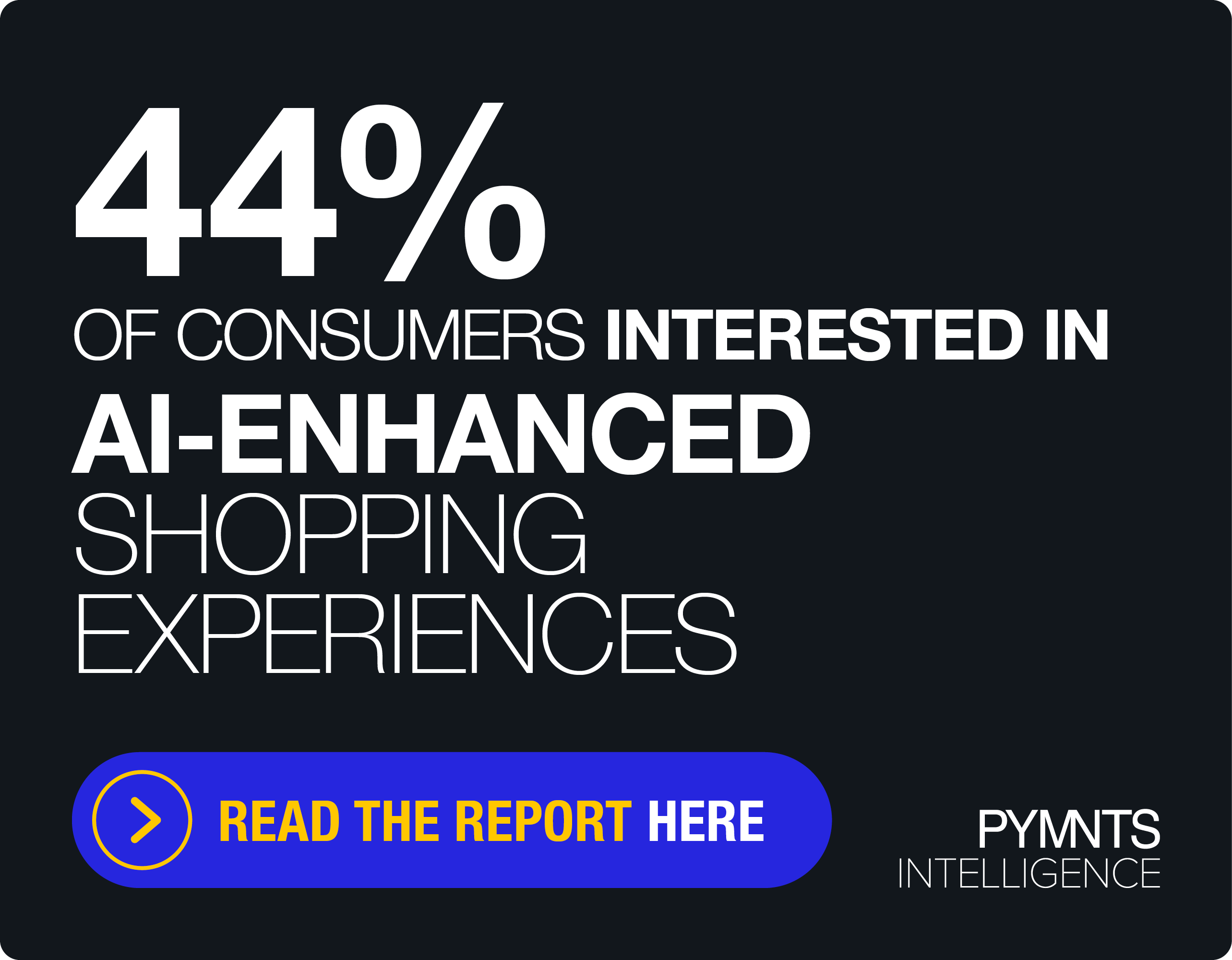PayFacs Versus Merchants Of Record: Who Will Win?

FinTech innovators love the payment facilitator (PayFac), a shift that WePay co-founder Rich Aberman outlined in Episode 1 of the Payment Facilitators series with Karen Webster, CEO of PYMNTS. These “master merchants” act as Independent Sales Organizations (ISOs), going between sponsor-acquirers and a portfolio of sub-merchants.
But what sets a PayFac apart from a merchant of record, and is one better than the other? In Episode 2 of the series, Aberman digs into the nuances to reveal that the designations — bestowed and enforced by credit card associations and networks — are not “one-size-fits-all.” The “better” approach depends on what a merchant wants to do.
Aberman started with the basics: What is a merchant of record? Quite simply, it’s whomever cardholders think they’re engaging at the point of sale (POS), the name that appears on their bank statements. In a traditional setting, it’s pretty easy to tell which party is the merchant of record.
It can be a little more complicated for a PayFac. The merchant of record may be the payment facilitator — also known as the master merchant — or it may be a sub-merchant.
PayPal is a classic example of a PayFac, or master merchant serving myriad small sub-merchants. Cardholders know and trust PayPal, so when shopping with an unfamiliar small merchant, they don’t have to worry about sharing their credit card information — they just pay through PayPal. When they look at their bank statements, they’ll see a charge to PayPal which a payment facilitator then relayed to a sub-merchant. In that case, PayPal is both the PayFac and the merchant of record.
Of course, PayPal also acquires transactions for larger merchants, including airlines and websites like Overstock.com. It provides the same functionality, but in those instances, cardholders will see American Airlines or Overstock.com on their bank statements. Such large companies can afford to be a merchant of record because they have the brand recognition and trust that smaller companies lack.
Amazon is another large PayFac that doubles as a merchant of record. But, unlike PayPal, Amazon makes itself the merchant of record no matter the size of the sub-merchant. That’s because cardholders are choosing to purchase from the sub-merchant through Amazon’s platform, and it makes the most sense for Amazon to appear on their bank statements.
Already, the lines between the designations begin to blur.
There are also PayFacs that don’t name themselves as merchants of record. WePay is one of these, and Stripe is another. The companies provide infrastructure for merchants but are transparent to buyers — buyers only see the merchant’s name and never that of the PayFac.
And in still other cases, there are merchants of record that aren’t designated PayFacs, though they provide similar functions. Modern marketplaces like Airbnb and Uber are good examples of this. At their core, these platforms process payments from Person A to Person B via the merchant of record. The cardholder will always see “Uber” on his or her bank statement, never “John the Driver.” If there’s an issue with the payment or service, the cardholder will not call John; he or she will call the company.
As far as card networks are concerned, the value chain of card acquiring has been completed as soon as Uber processes the payment: The cardholder has been charged, and the merchant of record has received the funds. It’s up to Uber to fill the secondary need of disbursing those funds to its drivers via a separate set of relationships and tools.
Uber could easily masquerade as a PayFac, but it would never choose to become one. This is because PayFacs or master merchants must have a market or domestic entity wherever they are providing payment services to sub-merchants. Imagine if Uber had to have a separate entity in each country where it operates! That could get expensive and complicated — especially, Webster noted, since the roster of people (and regions) angry with Uber seems to change on a daily basis.
Instead, the company has chosen to be a U.S.-headquartered merchant of record capable of processing payments from anyone to anyone, anywhere — more like a currency processor than anything else.
“In the global marketplace, there’s definitely a benefit to being a merchant of record and not a PayFac, especially because of the acquiring rules by card networks for local domestic sponsorship,” Aberman said.
In Episode 3, he and Webster will discuss what it takes to become a PayFac. Be sure to tune in.
